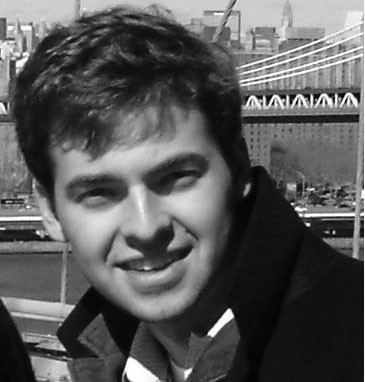
Tear down the walls
The world is chopped up by a series of walls, fences, barriers. These walls vary between valuable and damaging. The wall of a cloister or even a backyard fence can carve a peaceful space out of an otherwise hectic world. Likewise, a security gate around an international embassy can allow diplomacy to stave off violent conflict.
Other barriers exist in less tangible form and have more unfortunate effects. In Dallas, for example, portions of I-30, I-35, and Oak Lawn, to name a few, serve to chop the city into segmented spaces. These roadways craft barriers neatly dividing Dallas between white and black, white and Hispanic, Hispanic and black, and, often, heterosexual and homosexual. These barriers shape our experience by ensuring that, with few exceptions, individuals of different backgrounds and cultures will not interact. What interactions do occur happen under the framework of employer-employee and customer-server. In other words, when the barriers are broken, power relations ensure their continued stability.
But walls like this are nothing new. In the 1950s, the courthouse in Jackson County, Texas, exhibited such barriers. The men’s restroom featured a “separate but equal” stall labeled, with perverse linguistic sensitivity, “hombres aqui” (“men here”). This wall tangibly represented the broader barriers: The barriers that placed Hispanics as criminal defendants tried before exclusively all-white juries. These walls, at least legally, were supposedly broken a half century ago, but they remain in more subtle form.
While the walls separating the Jackson County courthouse were broken by the Supreme Court and Congress, the walls dividing Dallas and the SMU campus remain. Moreover, these walls are reconstructed, repaired, and (re)enforced by the vitriolic, segregationist musings of opinion articles like the one crafted by Joel Sartain. While several have already expressed their outrage in responses to Sartain’s article, we hope to add to the discussion by placing his comments in this broader, historical perspective.
Sartain’s column reinforces those walls by defining the space in which he exists as “Republican, Christian” and “tolerant.” The article sets the ground rules for the use of the space, and the author serves as gatekeeper when he “allows” homosexuals to enter. He clearly accepts homosexuals into this space: he doesn’t mind homosexuals at restaurants or even next to him at a baseball game. However, if homosexuals are to enter his space, they must enter in typically segregationist, “separate but equal” fashion: if homosexuals want to join his community, they must do so on his terms, without “flamboyancy,” whatever that means. If homosexuals don’t like it, they can “migrate” elsewhere. If they cannot assimilate to Sartain’s space, they must leave.
But this close-mindedness alone did not provoke our rage. No, Sartain dared to build this barrier in segregationist terms while apparently speaking for us, a part of “the straight community.” As several of the responses to Sartain’s article make clear, that community hardly accepts this hatred, this bigoted spatialization. Many in this community, regardless of sexual preference or race, work to open up these spaces.
College is a time to tear down walls. It’s a time to meet people from different backgrounds and consider new perspectives. Sure, you are free to reject those ideas, and sure, you are free to express opinions to the contrary. But don’t build walls that keep contrary opinions out of SMU in an effort to preserve some ideologically and culturally antiseptic corner of Dallas. Opening one’s mind requires opening one’s community. Opening one’s community requires the construction of a space where people can exist and express themselves on their own terms, by any means, and as they see necessary. Sartain aims to stick an “hombres aqui” sign somewhere far away and tell homosexuals to clear out of his space.
The walls and barriers chopping up the metroplex are thick ones, reinforced and guarded by ideology and economics. The Supreme Court and the U.S. Congress spent decades working to break down these walls, but now they exist on less tangible, more nefarious levels. It’s time to open up our communities as well as our minds. It’s time to tear down the walls.
Brad Knapp is a second-year law student at the Dedman School of Law. He can be reached at bknapp@smu.edu.
Adrianne Speas is a third-year law student at the Dedman School of Law. She can be reached at aspeas@smu.edu.

Tear down the walls








